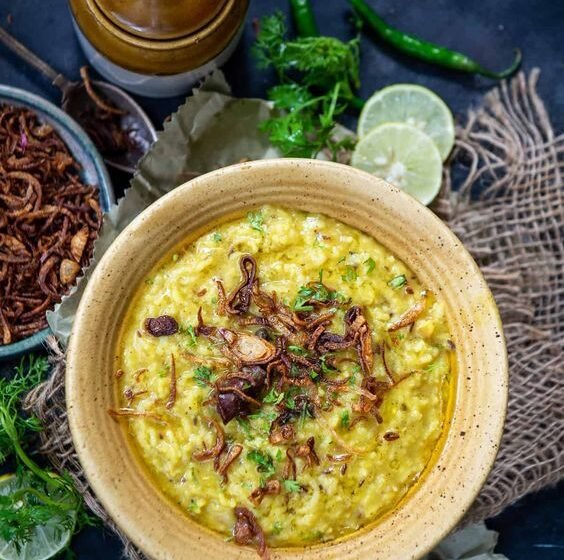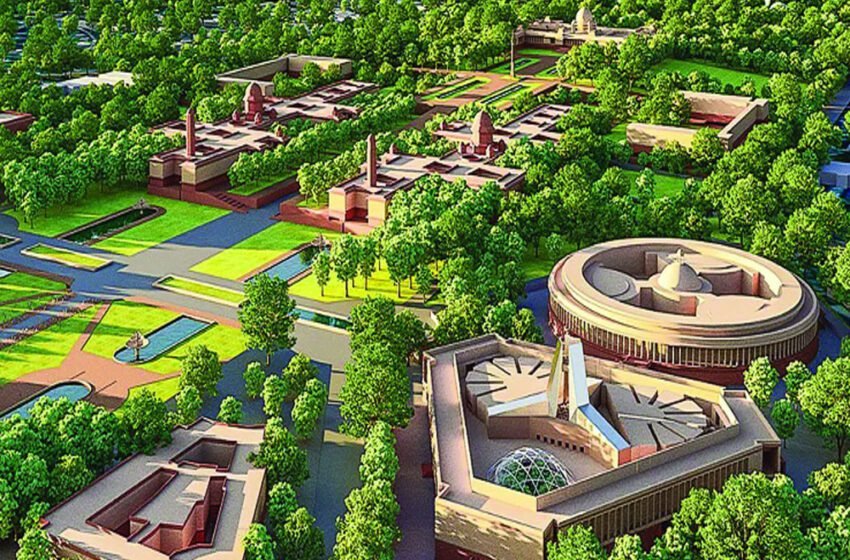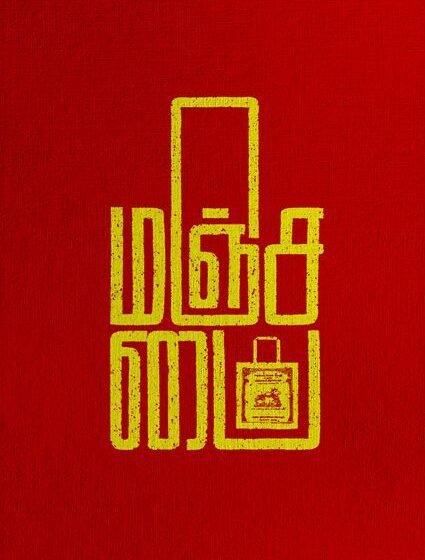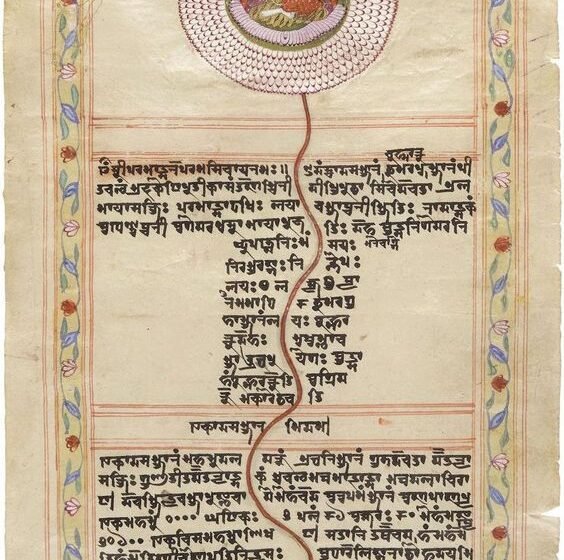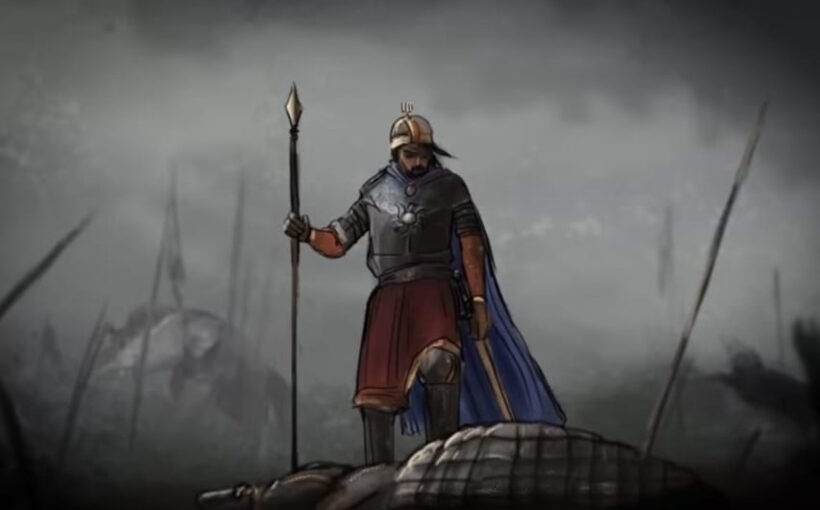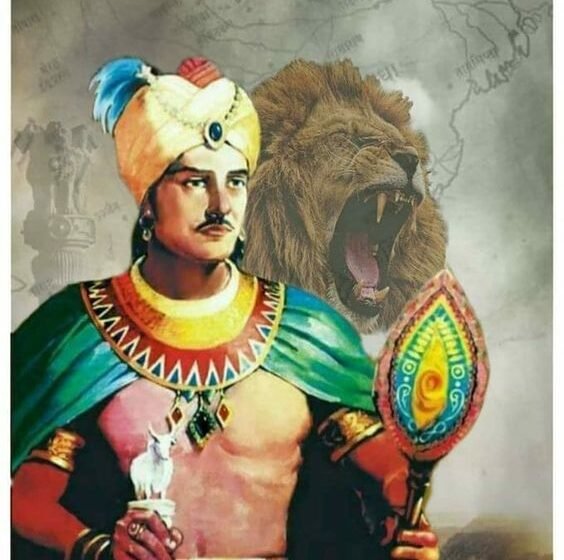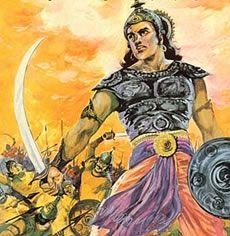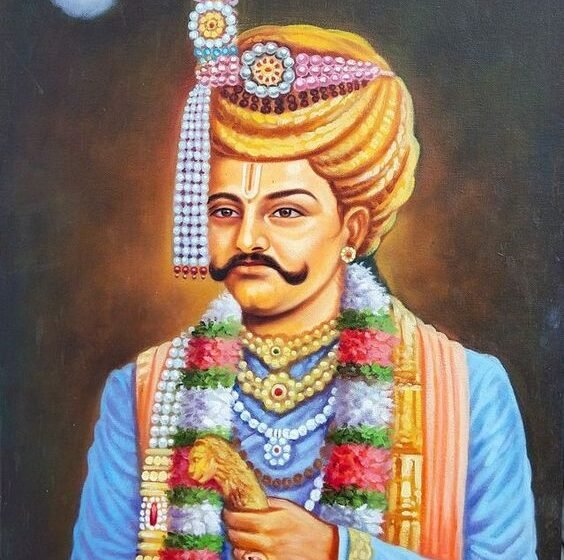Khichdi, a humble and wholesome dish, has been a staple in the diets of millions across the Indian subcontinent for centuries. Combining rice, lentils, and a variety of spices, khichdi is not only a satisfying comfort food but also a culinary delight steeped in history and tradition. In this blog, we embark on a flavorful […]Read More
Tags : INDIAN HISTORY
The new Indian Parliament building, set to be completed by 2022, marks a significant milestone in the nation’s democratic journey. This state-of-the-art structure promises to embody India’s rich cultural diversity and symbolize the aspirations of ‘New India’ as the country celebrates its 75th anniversary of independence. In this article, we explore the intricacies of the […]Read More
The Tamil language is a Dravidian language spoken in the southern Indian state of Tamil Nadu, as well as in Sri Lanka, Singapore, and Malaysia. It is one of the oldest languages in the world, with a history that dates back over 2,000 years. The earliest known Tamil inscriptions date from the 3rd century BCE […]Read More
Sanskrit is an ancient language that dates back over 3,500 years ago to the Indian subcontinent and continues to be used today, primarily as a liturgical language within Hinduism. It is considered one of the oldest and most revered languages in the world, and it is said to have been used as a language of […]Read More
The fall of the Mauryan Empire witnessed the rise of many native rulers. The most important ruling dynasty that succeeded them in the northwest was the Kushanas founded by Kujula Kadphises. The Kushans were a part of the five clans that got divided from the Yuechi tribes (nomadic pastorals in the western China grassland). The […]Read More
The 13th ruler of the Sisodia Dynasty, the Rajput clan that ruled the Mewar (Udaipur), was Maharana Maharana Pratap 1. Born in a royal family to Udai Singh II and Jaiwanta Bai on 9th May 1540, Rana Pratap was designated the Crown Prince as he was the eldest son. Under the influence of one of […]Read More
Ashoka -The emperor who gave us the chakra that we salute today. The 3rd ruler of the Mauryan Empire Ashoka was born to Bindusara and Subhadrangi around 304 BC in Pataliputra. Legend has it that when Subhadrangi successfully gave birth, she yelled “Now I am A-shoka” (without sorrow) and so was he named Ashoka. Subhadrangi […]Read More
Chandragupta Maurya also known as Sandrokyptos, Sandrokottos, Androcottus by the Greeks and Latins, founded the mighty Mauryan Empire around 321 BC. This was the first biggest empire that consolidated most part of the Indian subcontinent into a single political unit. Around the year 323 BC, in an alms-giving ceremony of Dhana Nanda, the emperor of […]Read More
Krishnadevaraya : The lord of Jewelled throne of Karnataka established the King of Bahmani to the throne. Vijayanagar Empire was founded by the brothers Harihara and Bukka in 1336 in the southern bank of Tungabhadra River. The city of Victory (Vijayanagar) previously called Hosapattana, was ruled by four dynasties for over 300 years. These were […]Read More
Lucknow Gharana is a prominent style of classical Indian dance known as Kathak. It originated in the city of Lucknow in the northern Indian state of Uttar Pradesh and is known for its graceful movements, intricate footwork, and expressive facial expressions. Kathak dance is a blend of Hindu and Muslim cultures, with influences from the […]Read More
